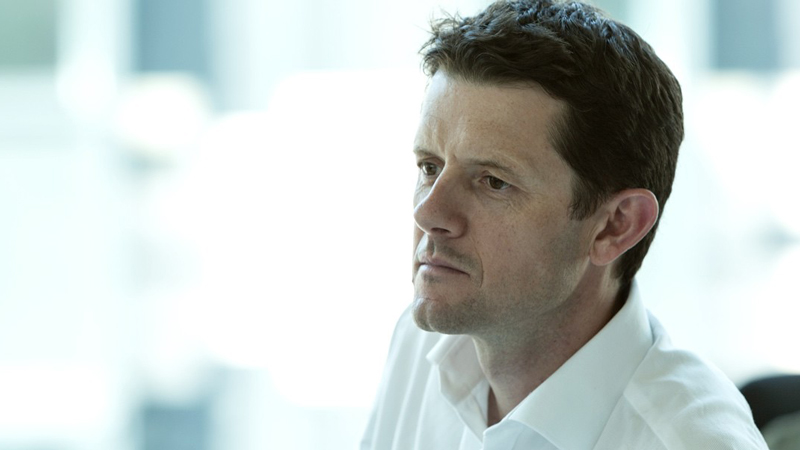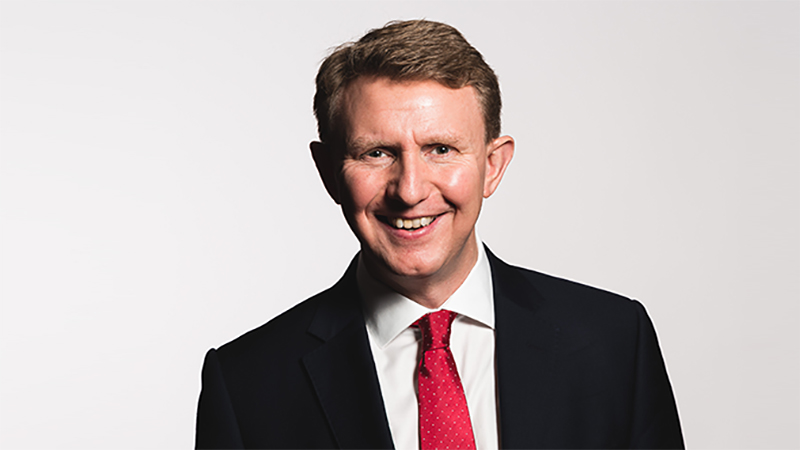The open-ended SWIP Property Trust uses its large size to enter areas of the property market closed to smaller funds…
After what you can justly describe as a tough few years, we are finally starting to see the green shoots of recovery for UK property. Institutional investors are returning to the market, creating numerous investment opportunities.
The SWIP Property Trust was able to protect assets efficiently during the downturn, helped by its size (£2.2bn), which provides stability as well as allowing it to access sections of the property market that many smaller funds cannot.
The fund has a development programme that has provided it with prime, long-let property, in addition to the purchase
of prime retail and office property in central London.
Value added
But what else makes our fund stand out? For one thing, our real estate team is adroit at adding value. Even with properties in prime locations that have excellent historical performance, we will look to see what extra we can bring to the party, and how we can improve the performance of that asset. Our asset managers are focused on driving value from every property.
This asset knowledge is enhanced by our fundamental and rigorous research process. Importantly, this is a continuously evolving approach that is open to new concepts and ideas. The guiding principle behind our philosophy is the notion that property markets are imperfect, containing anomalies that can be exploited. Our thorough research method helps us uncover these anomalies.
For example, the fund has made investment into the ‘alternative’ sector and now holds a private hospital, nursing homes, student accommodation and supermarkets.
Core style
The investment style for our fund is mainly focused on core assets: prime, well-let properties with long leases. The portfolio also includes some core-plus properties, which have an element of risk but where that downside is measurable and where there is an identifiable upside that is realistically attainable.
We also maintain sufficient liquidity to be able to react to investor demands and the fund has always been in a position to meet investor redemptions. As such, we also invest in listed property securities, property derivatives and property-related bonds.
These more liquid assets improve the capacity to absorb large volumes of cash, in turn minimising any detrimental impact on performance.
Before buying an asset we look at the sector views and forecasts generated by our research team. We then take these and combine them with the bottom-up reviews of individual properties generated from our investment managers. The success of our process relies on detailed risk reports, business plans, occupational analysis and sustainability research. In short, everyone brings something to the table.
Personal touch
Relationship management is an integral part of our property business. We work closely with everyone from our investment and valuation consultants to leasing-agents and specialist asset managers.
We particularly keep in regular contact with our tenants and listen carefully to their business needs. A good working
relationship allows us to ensure that the building they occupy and the terms of their lease still meet their requirements.
Networking
As a major investor in the UK property market for many years we have a wide network of contacts which is vital to make sure we have access to the best investment and development opportunities.
There are three main avenues providing new stock opportunities: open-market and off-market transactions, and active management.
On the latter, we actively manage our properties to ensure we get the maximum return from them once they are on our books. Fund activity is absolutely key to increasing the value of a property and to generating income.
Measures include refurbishing properties to make them more attractive to potential tenants, to meet a market demand and so increase the rental income to the fund.
We also often restructure leases with existing tenants in order to improve the income stream. This could involve taking an early surrender of a lease if we believe we would be able to enhance income by re-letting the property.
To compare with a closed-ended route into property…
…while Picton’s closed-ended structure allows it to use gearing effectively as the sector rallies
Picton Property Income has a diversified portfolio of 60 UK commercial property assets valued at more than £380m. We have over 350 occupiers who underpin the dividends we pay investors. Our current dividend yield is just under 6%.
We aim to provide shareholders with an attractive level of income, together with potential capital growth through investment in the main UK commercial property sectors.
We are a closed-ended investment company and as we invest in an illiquid asset class such as property this means we do not have to manage liquidity through subscriptions or redemptions. We have a premium listing on the London Stock Exchange, which provides daily liquidity through the equity markets. Consequently, our share price can trade at either a premium or discount to our net asset value.
Our management platform is a wholly owned subsidiary of Picton, meaning our team is 100% focused and our overall cost base is reduced.
Over the longer term, including the recent market correction, total returns from UK property have been close to 9% pa, of which 7% has been income return. We do have an income bias but we are total-return driven. Rather than buying trophy assets, we focus on higher-income assets, where there is an opportunity to add value through active management. This enables us to achieve a higher portfolio income return and subsequent distribution to investors, although it does require a hands-on approach.
Our mantra is ‘occupier focused/opportunity led’. We take a bottom-up approach and critical to this is understanding occupier demand and cashflow generation.
In gear
By virtue of our closed-ended structure, we are able to use gearing effectively and last year we refinanced all our borrowings with new fixed rate terms which have an average duration of 14 years and are fixed at 4.5% pa, which compares favourably to our underlying portfolio income return of 7%.
UK commercial property prices are on average 37% lower than in 2007, but across the wider market we are starting to see signs of stability. As the property market recovers, gearing will further enhance returns.
We invest across regions and sectors to provide a diversified exposure to UK property but do not have a tracker style and our portfolio composition is different from the IPD benchmark. We have low retail property exposure, with a 70% bias towards the office and industrial sectors. We also have a 55% bias to London and the South East.
In line with the wider market, our portfolio is 90% occupied, and improving this occupancy will enable income growth without the need for raising rents, which are unlikely to increase significantly in the short term.
We are always looking to make opportunistic purchases or disposals and have been selling some of our smaller assets where we can find value or have completed specific asset management initiatives. Our most recent acquisition was adjacent to an existing London holding, where we are very confident about prospects for income growth.
Our opportunity-led approach is very asset specific and focused on the entry price point, finding markets where the occupational demand/supply is likely to lead to income growth in the medium term or where there are opportunities to add value through refurbishment or lease restructuring











